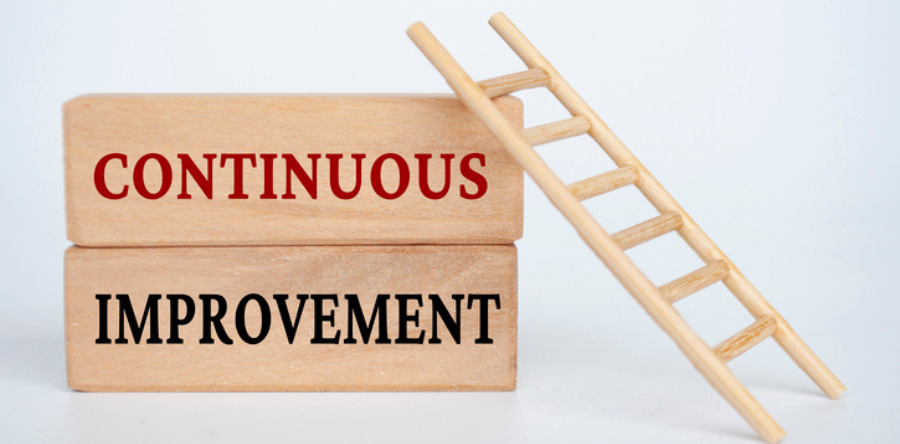Understanding and Addressing Trauma and Stress in the Workplace
While programs like Bell’s Let’s Talk campaign have helped reduce the stigma around mental health, several indicators show that Canadians still have...
2 min read
 Dr. Bill Howatt
:
July 2, 2024
Dr. Bill Howatt
:
July 2, 2024

Evidence suggests that resilience increases job satisfaction, happiness at work, organizational commitment, engagement, and productivity. So, it’s understandable that leaders would consider individual training as a means of nurturing resilience in the workplace.
However, uninformed buyers who don’t know to ask for evidence and stress-test the credibility of providers can fall into the resiliency training trap and be taken in by what I refer to as snake oil mental health interventions.
When employers purchase resiliency or mental fitness programs that focus solely on individuals developing new knowledge, skills, and habits, they risk spending precious time and money on unproven approaches and might end up doing more damage than good.
Recent Fleming research on workplace mental health concluded there is little evidence that these interventions work and goes so far as to say they could cause harm.
There is a place for training, but it must be one element of a robust resiliency program.
Avoid the resilience training trap and design a robust resiliency program
The American Psychological Association suggests that “resilience is the process and outcome of successfully adapting to difficult or challenging life experiences, especially through mental, emotional, and behavioural flexibility and adjustment to external and internal demands.”
Too often, workplace discussions focus on what a resilient person can do without clarifying what conditions must exist to ensure employees become and remain resilient and flourish in the workplace.
A resiliency program must facilitate two-way accountability between employers and employees for maximum impact. Leaders must create conditions that support and foster employee resiliency by including these four elements in the program.
Create a healthy environment — Workplaces can be compared to a fish tank. When fish are sick or dying, you don’t just throw them out and put new fish in the unhealthy tank. You clean the tank thoroughly and ensure you have the right equipment and processes to help fish thrive. The same is true for the workplace. A strong resilience program should include controlling psychosocial hazards, creating positive “charges,” and monitoring and managing factors that “drain” employees’ mental and physical batteries.
Provide training and education to build healthy habits and skills — Ongoing education (e.g., micro-skills) can help employees discover and learn new approaches to build resilience and flourish in and outside the workplace. However, information is only helpful if it is translated into healthy habits. The proper training will provide critical knowledge and help employees build skills and habits to deal more effectively with adversity, setbacks, and stressful moments. It will also build their capacity for managing core life tasks (e.g., work, community, friendship, intimacy, and authentic relationships).
Develop personalized mental fitness/resiliency plans — These plans provide a clear purpose to help employees envision who they want to become and core habits to provide them with the energy and capacity to move towards good mental health. As part of their plan, they can evaluate competencies and confidence levels related to physical health, emotional, social, and cognitive habits, and mastery of life tasks using tools such as Adler’s Five Life Tasks. When people believe they are taking steps towards living the best version of themselves, they are more inclined to flourish.
Measure, evaluate and recognize employees’ efforts — At the outset of the program, define success, determine how you will measure success, and communicate and motivate employees (e.g., incentives, rewards, accountability). Use a plan-do-check-act approach to ensure the program is having the desired impact.
You can avoid the resiliency training trap by building a robust program and guiding and encouraging employees as they learn and practice new healthy habits and skills. This shouldn't be difficult. It's precisely what we do to protect employees' physical health and safety. Investing the same time and commitment to resilience will create a positive employee experience and help your team flourish in and out of the workplace
Get to know the authors – Dr. Bill Howatt

While programs like Bell’s Let’s Talk campaign have helped reduce the stigma around mental health, several indicators show that Canadians still have...

Fostering a supportive and mentally healthy workplace is more crucial than ever in today’s demanding world of work. To create this type of...

Each of us carries an invisible backpack containing our personal adversity load, social determinants, circumstances, and physical health, which...